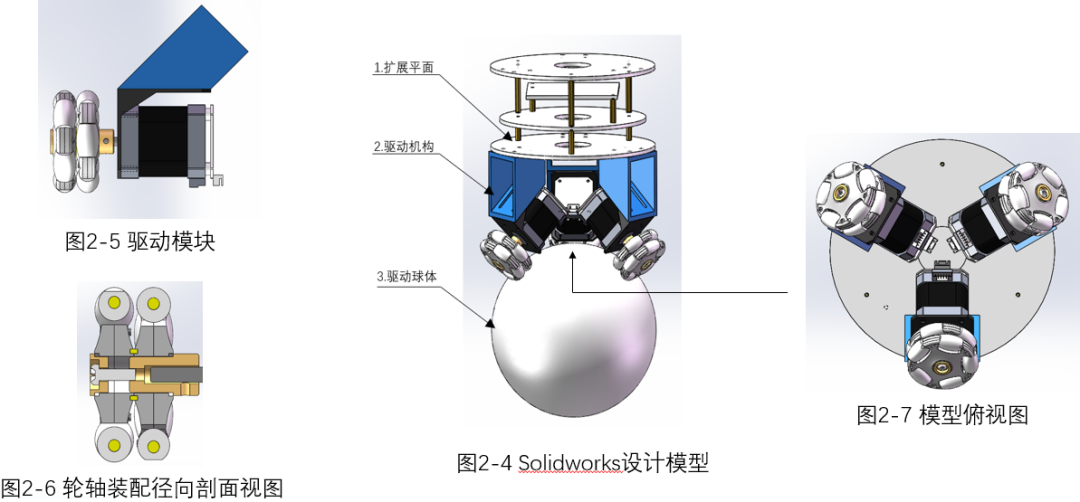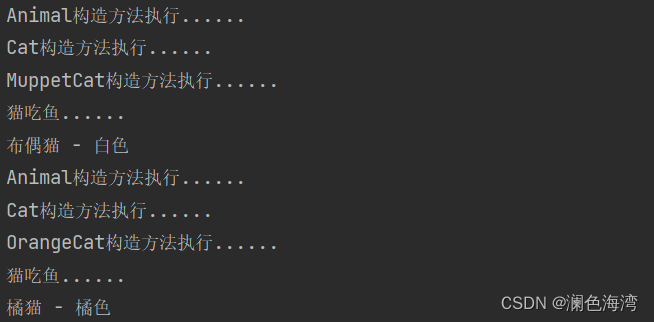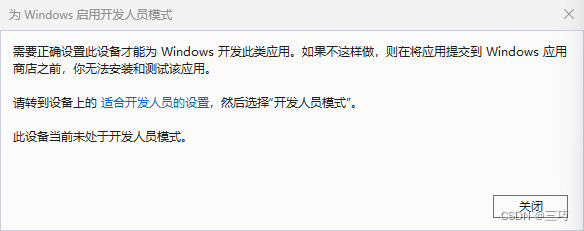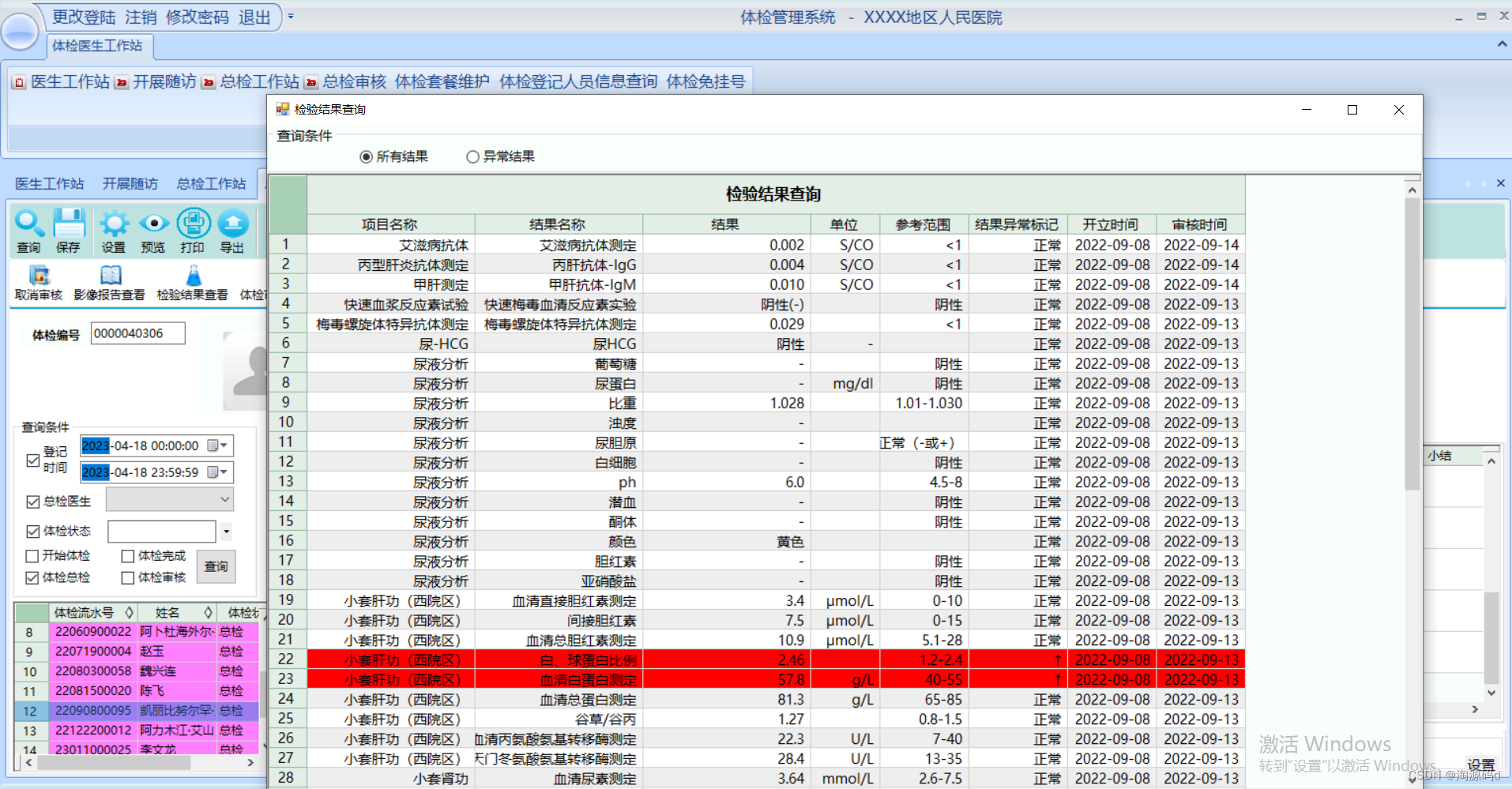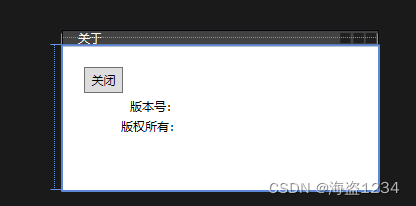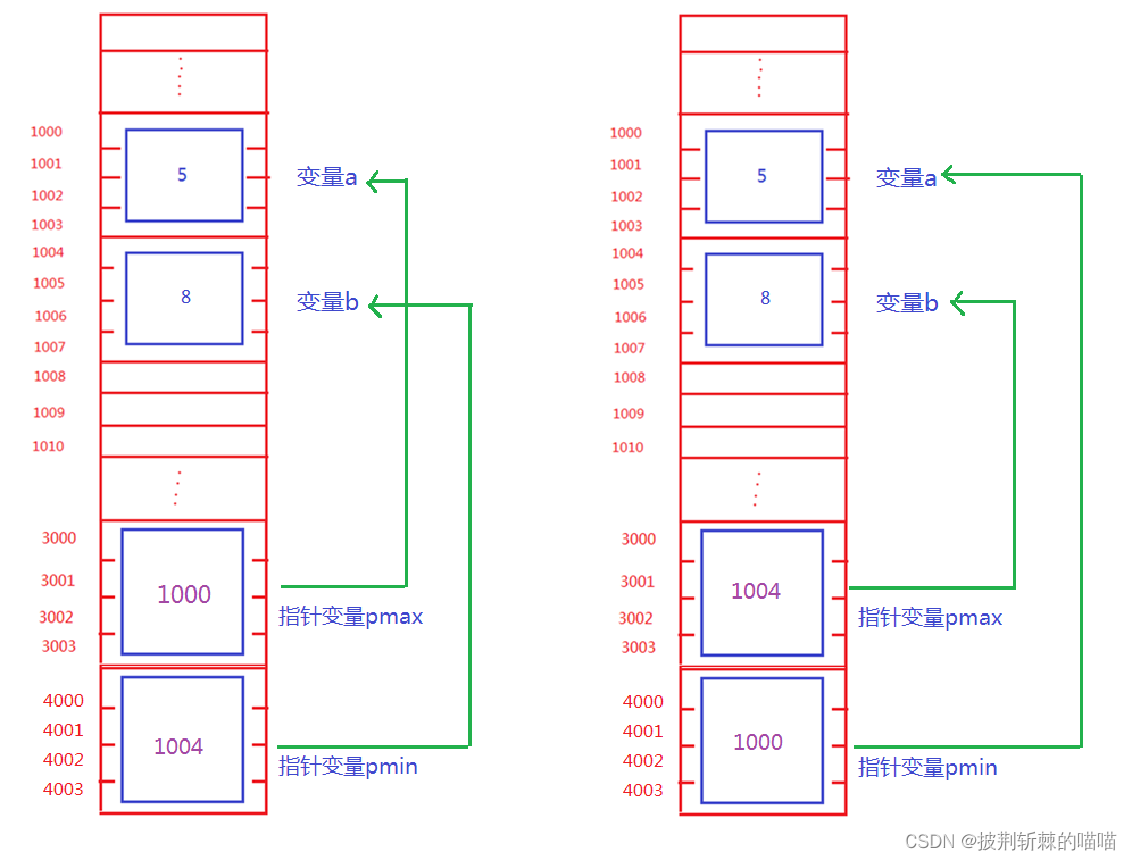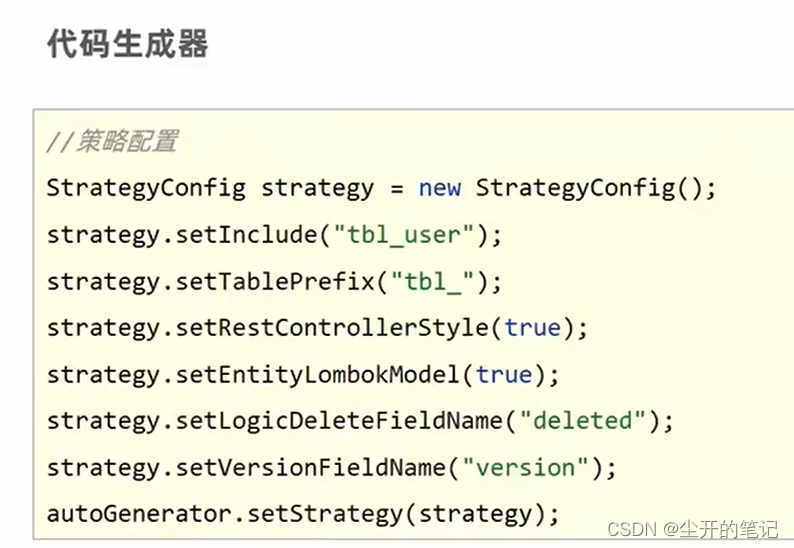
文章目录
- 💐专栏导读
- 💐文章导读
- 🌷list是什么?
- 🌷list如何使用?
- 🌷list的模拟实现
- 🌺定义list类
- 🌺构造函数
- 🌺push_back
- 🌺pop_back
- 🌷list迭代器
- 🌺定义list迭代器的类
- 🌺迭代器运算符重载的实现
- 🌷list其它接口的实现
- 🌺迭代器相关函数
- 🌺insert——插入
- 🌺erase——删除
- 🌺其它删除及插入操作
- 🌺迭代器区间构造
- 🌺拷贝构造
- 🌺赋值重载
- 🌺析构函数
- 🌷完整源码
💐专栏导读
🌸作者简介:花想云,在读本科生一枚,致力于 C/C++、Linux 学习。
🌸本文收录于 C++系列,本专栏主要内容为 C++ 初阶、C++ 进阶、STL 详解等,专为大学生打造全套 C++ 学习教程,持续更新!
🌸相关专栏推荐:C语言初阶系列 、C语言进阶系列 、数据结构与算法
💐文章导读
本章我们将认识与学习list的使用并且参照STL源码来模拟实现list容器,需要读者具有一定的数据结构基础。通过本章的学习,我们将对类和对象、模板的运用更加熟练,同时还会实现list的重要角色——迭代器,让我们对迭代器的了解更上一层楼~

🌷list是什么?
list是C++ STL中的一个容器,是一个双向链表,可以存储任意类型的元素。list中的元素可以通过指针在链表中进行高效的插入和删除操作,因此list通常被用于需要频繁进行插入和删除操作的场合。
🌷list如何使用?
- 使用
list前需包含头文件< list >;
#include <list>
- 🍁定义一个
list容器;
list<int> mylist; // 声明一个空的list
list<int> mylist2(10); // 声明一个有10个默认值的list
list<int> mylist3(5, 2); // 声明一个有5个值为2的list
- 🍁向
list中添加元素;
mylist.push_back(1); // 在list的末尾添加元素1
mylist.push_front(2); // 在list的开头添加元素2
mylist.insert(mylist.begin(), 3); // 在指定位置插入元素3
- 🍁访问
list中的元素;
cout << mylist.front() << endl; // 访问第一个元素
cout << mylist.back() << endl; // 访问最后一个元素
- 🍁遍历
list中的元素;
for (auto it = mylist.begin(); it != mylist.end(); ++it) {
cout << *it << " ";
}
- 🍁删除
list中的元素;
mylist.pop_front(); // 删除第一个元素
mylist.pop_back(); // 删除最后一个元素
mylist.erase(mylist.begin()); // 删除指定位置的元素
mylist.clear(); // 删除所有元素
list的常见使用就是这些了,若想查看更多操作,还需借助STL文档来学习。
🌷list的模拟实现
🌺定义list类
为了区别于库中的list类,我们可以在自己的命名空间中定义list类。list的基本成员变量只有一个——list的头结点(head)并且头节点内不存储有效数据。
- 🍁定义
结点结构;
namespace hxy
{
//定义结点结构
template<class T>
struct ListNode
{
struct ListNode<T>* _next; // 指向下一个结点
struct ListNode<T>* _prev; // 指向前一个结点
T _data; // 结点存储的数据
ListNode(const T& data = T()) // 构造函数 // 申请一个节点
:_next(nullptr),
_prev(nullptr),
_data(data)
{}
};
}
- 🍁定义
list类;
namespace hxy
{
//定义结点结构
template<class T>
struct ListNode
{
struct ListNode<T>* _next; // 指向下一个结点
struct ListNode<T>* _prev; // 指向前一个结点
T _data; // 结点存储的数据
ListNode(const T& data = T()) // 构造函数 // 申请一个节点
:_next(nullptr),
_prev(nullptr),
_data(data)
{}
};
// list类的定义
template<class T>
class list
{
typedef ListNode<T> node; // 简写
private:
node* _head;
};
}
🌺构造函数
list()
{
_head = new node;
_head->_next = _head;
_head->_prev = _head;
}
🌺push_back
- 🍁对
list进行尾插元素;
void push_back(const T& data)
{
node* newNode = new node(data); // 申请一个结点
node* tail = _head->_prev; // list的尾结点就是头结点的前一个
// 链接结点
tail->_next = newNode;
newNode->_prev = tail;
newNode->_next = _head;
_head->_prev = newNode;
}
🌺pop_back
- 🍁对
list进行尾删;
void pop_back()
{
assert(_head->_next != _head);
node* tail = _head->_prev;
tail->_prev->_next = _head;
_head->_prev = tail->_prev;
delete tail; //释放尾结点
}
🌷list迭代器
迭代器——作为list最精华的部分,有着及其重要的作用,且同样为list模拟实现中最难的一部分。通过本章的内容,我们对于迭代器的理解会更上一层楼!
在string与vector的学习中,我们经常使用下标+[]来访问容器的元素,非常方便。但是到了list以后的内容,[]访问元素的方法将不再适用,我们将使用迭代器。
前面的文章中曾经简单的提到过迭代器,描述它为一种像指针一样却又不单纯是指针的东西(string和vector中的迭代器在一些编译器下确实是原始指针)。接下来我们就模拟实现list的迭代器。
🌺定义list迭代器的类
迭代器本质就是对指针的封装模拟指针的行为,所以我们需要通过运算符重载来模拟实现指针的++、--以及*、->等操作。
template<class T,class Ref,class Ptr> // 三个参数的含义分别为--数据类型T--T的引用--T的指针
struct _list_iterator
{
typedef ListNode<T> node;
typedef _list_iterator<T, Ref, Ptr> self;
node* _node; //迭代器的基本成员变量
_list_iterator(node* node)
:_node(node)
{}
self& operator++()
{
//...
}
self operator++(int)
{
//...
}
self& operator--()
{
//...
}
self operator--(int)
{
//...
}
Ref& operator*()
{
//...
}
Ptr& operator->()
{
//...
}
bool operator==(const self& s)
{
//...
}
bool operator!=(const self& s)
{
//...
}
}
🌺迭代器运算符重载的实现
self& operator++()
{
_node = _node->_next;
return *this;
}
self operator++(int)
{
self tmp(*this);
_node = _node->_next;
return tmp;
}
self& operator--()
{
_node = _node->_prev;
return *this;
}
self operator--(int)
{
self tmp(*this);
_node = _node->_prev;
return tmp;
}
Ref& operator*()
{
return _node->_data;
}
Ptr& operator->()
{
return &(_node->_data);
}
bool operator==(const self& s)
{
return _node == s._node;
}
bool operator!=(const self& s)
{
return _node != s._node;
}
🌷list其它接口的实现
有了迭代器,我们才能更好的实现多种接口。
🌺迭代器相关函数
template<class T>
class list
{
typedef ListNode<T> node;
public:
typedef _list_iterator<T,T&,T*> iterator; // 类型重命名——普通迭代器
typedef _list_iterator<T, const T&,const T*> const_iterator; // 类型重命名——const迭代器
iterator begin()
{
return iterator(_head->_next);
}
iterator end()
{
return iterator(_head);
}
const_iterator begin() const
{
return const_iterator(_head->_next);
}
const_iterator end() const
{
return const_iterator(_head);
}
//...
}
🌺insert——插入
list模拟实现时,主要完成insert与erase(删除)函数实现即可,其它的头插、尾删等函数可以复用这两个函数。
void insert(iterator pos,const T& data)
{
node* newNode = new node(data);
node* cur = pos._node;
node* prev = cur->_prev;
newNode->_prev = prev;
prev->_next = newNode;
newNode->_next = cur;
cur->_prev=newNode;
}
🌺erase——删除
iterator erase(iterator pos)
{
assert(pos != end());
node* prev = pos._node->_prev;
node * next = pos._node->_next;
prev->_next = next;
next->_prev = prev;
delete pos._node;
return iterator(next); // 返回删除位置的下一个迭代器位置
}
🌺其它删除及插入操作
void push_back(const T& data)
{
insert(end(),data);
}
void pop_back()
{
erase(--end());
}
void push_front(const T& data)
{
insert(begin(), data);
}
void pop_front()
{
erase(begin());
}
void clean() // 清空list
{
iterator it = begin();
while (it != end())
{
//it = erase(it);
erase(it++);
}
}
🌺迭代器区间构造
// 迭代器区间构造
template<class Iterator>
list(Iterator begin, Iterator end)
{
//初始化
_head = new node;
_head->_next = _head;
_head->_prev = _head;
while (begin != end)
{
push_back(*begin);
++begin;
}
}
🌺拷贝构造
//拷贝构造
list(const list<T>& lt)
{
//初始化
_head = new node;
_head->_next = _head;
_head->_prev = _head;
//复用区间构造
list<T> tmp(lt.begin(), lt.end());
swap(tmp);
}
🌺赋值重载
//赋值重载
list<T>& operator=(list<T> lt)
{
swap(lt);
return *this;
}
🌺析构函数
~list()
{
clean();
delete _head;
_head = nullptr;
}
🌷完整源码
#include<iostream>
#include<assert.h>
using namespace std;
namespace hxy
{
//定义结点结构
template<class T>
struct ListNode
{
struct ListNode<T>* _next; // 指向下一个结点
struct ListNode<T>* _prev; // 指向前一个结点
T _data; // 结点存储的数据
ListNode(const T& data = T()) // 构造函数 // 申请一个节点
:_next(nullptr),
_prev(nullptr),
_data(data)
{}
};
//迭代器的定义
template<class T, class Ref, class Ptr> // 三个参数的含义分别为--数据类型T--T的引用--T的指针
struct _list_iterator
{
typedef ListNode<T> node;
typedef _list_iterator<T, Ref, Ptr> self;
node* _node;
_list_iterator(node* node)
:_node(node)
{}
self& operator++()
{
_node = _node->_next;
return *this;
}
self operator++(int)
{
self tmp(*this);
_node = _node->_next;
return tmp;
}
self& operator--()
{
_node = _node->_prev;
return *this;
}
self operator--(int)
{
self tmp(*this);
_node = _node->_prev;
return tmp;
}
Ref& operator*()
{
return _node->_data;
}
Ptr& operator->()
{
return &(_node->_data);
}
bool operator==(const self& s)
{
return _node == s._node;
}
bool operator!=(const self& s)
{
return _node != s._node;
}
};
// list类的定义
template<class T>
class list
{
typedef ListNode<T> node;
public:
typedef _list_iterator<T, T&, T*> iterator;
typedef _list_iterator<T, const T&, const T*> const_iterator;
list()
{
_head = new node;
_head->_next = _head;
_head->_prev = _head;
}
// 迭代器区间构造
template<class Iterator>
list(Iterator begin, Iterator end)
{
//初始化
_head = new node;
_head->_next = _head;
_head->_prev = _head;
while (begin != end)
{
push_back(*begin);
++begin;
}
}
void swap(list<T>& tmp)
{
std::swap(_head, tmp._head);
}
//拷贝构造
list(const list<T>& lt)
{
//初始化
_head = new node;
_head->_next = _head;
_head->_prev = _head;
//复用区间构造
list<T> tmp(lt.begin(), lt.end());
swap(tmp);
}
//赋值重载
list<T>& operator=(list<T> lt)
{
swap(lt);
return *this;
}
~list()
{
clean();
delete _head;
_head = nullptr;
}
iterator begin()
{
return iterator(_head->_next);
}
iterator end()
{
return iterator(_head);
}
const_iterator begin() const
{
return const_iterator(_head->_next);
}
const_iterator end() const
{
return const_iterator(_head);
}
void push_back(const T& data)
{
insert(end(),data);
}
void pop_back()
{
erase(--end());
}
void push_front(const T& data)
{
insert(begin(), data);
}
void pop_front()
{
erase(begin());
}
void insert(iterator pos, const T& data)
{
node* newNode = new node(data);
node* cur = pos._node;
node* prev = cur->_prev;
newNode->_prev = prev;
prev->_next = newNode;
newNode->_next = cur;
cur->_prev = newNode;
}
iterator erase(iterator pos)
{
assert(pos != end());
node* prev = pos._node->_prev;
node* next = pos._node->_next;
prev->_next = next;
next->_prev = prev;
delete pos._node;
return iterator(next); // 返回删除位置的下一个迭代器位置
}
void clean()
{
iterator it = begin();
while (it != end())
{
//it = erase(it);
erase(it++);
}
}
private:
node* _head;
};
}
